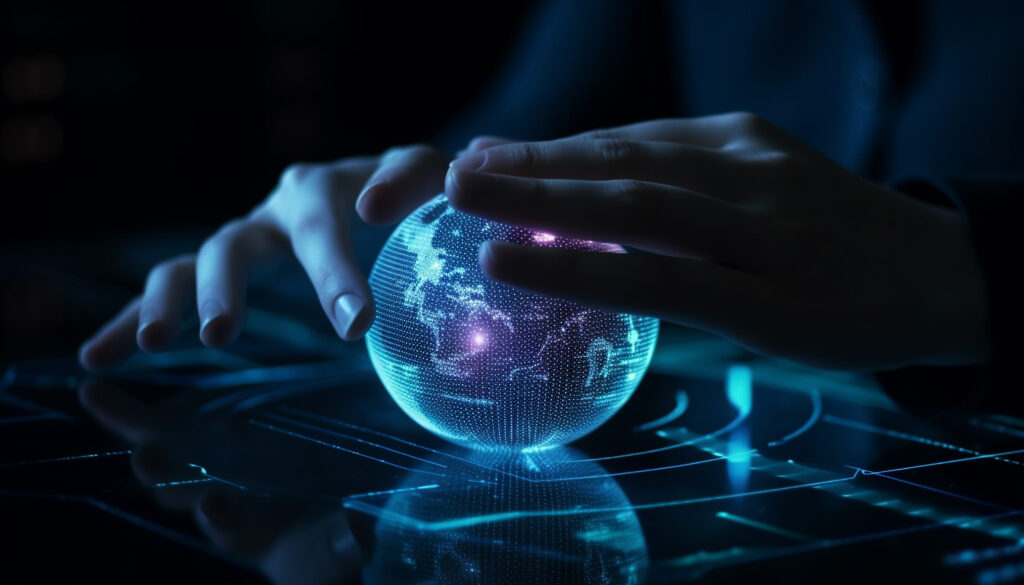
We can Read all Technology in Technology blog. Technology is the knowledge, tools, and skills that people use to make things, solve problems, and improve their lives. It includes everything from simple inventions like hammers to complex systems like computers and the internet. Technology helps us do things faster, easier, and better.
Technology is important because it helps us do things faster and better. For example, with a computer and the internet, we can find information quickly and connect with people from all over the world. It also makes our lives more convenient. We can order food, buy clothes, or watch our favourite shows with just a few clicks.
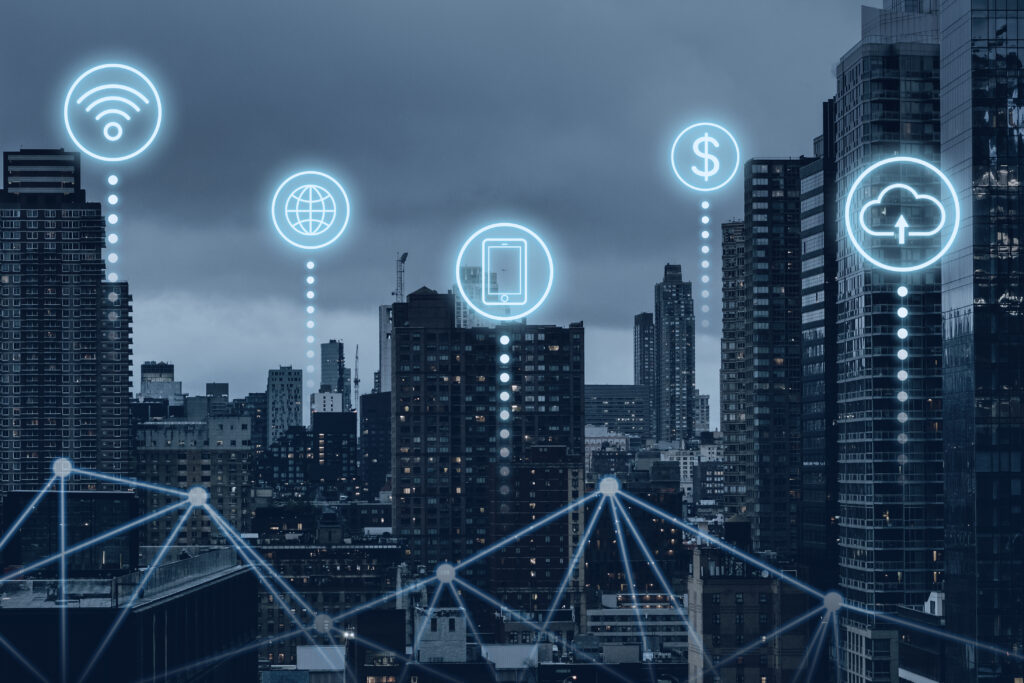
In the modern world, technology has changed the way we work, communicate, and live. It has revolutionized industries like healthcare, transportation, and entertainment. Without technology, we wouldn’t have things like advanced medical treatments, fast planes, or online shopping.
However, it’s essential to use technology responsibly and be aware of its impact. While it brings many benefits, it can also have some downsides, like privacy concerns or environmental effects. So, we need to strike a balance and make sure we use technology wisely to make our lives better while taking care of our planet and each other.
A technology blog plays a crucial role in keeping readers updated on the latest tech developments. It serves as a reliable source of information about new gadgets, software, and advancements in various fields of technology. By regularly publishing articles and reviews, the blog keeps readers informed about the latest trends, product launches, and updates.
Table of Contents
A. Artificial Intelligence (AI) in technology blog
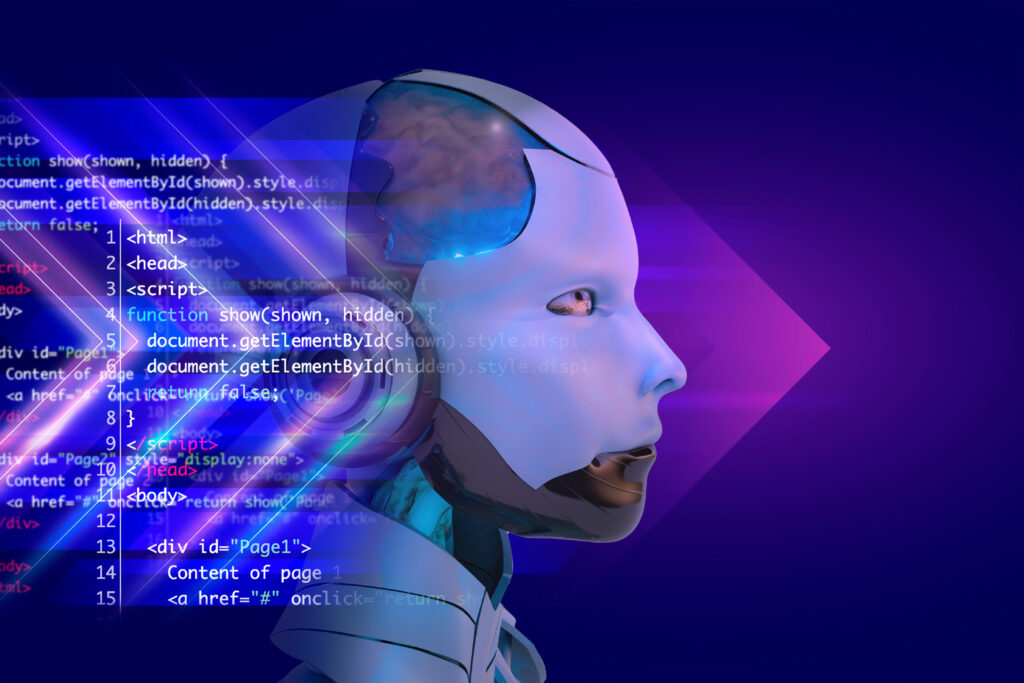
Artificial Intelligence( AI) refers to computer systems and machines that can perform tasks that generally bear mortal intelligence. These systems can learn from data, fete patterns, and make opinions without mortal intervention. AI is used in colourful fields, similar as voice sidekicks, image recognition, and independent vehicles, to make processes more effective and break complex problems.
AI is being used in many industries to improve processes, make better decisions, and enhance outcomes. Here are some examples of how AI is being applied in healthcare, finance, and other industries:
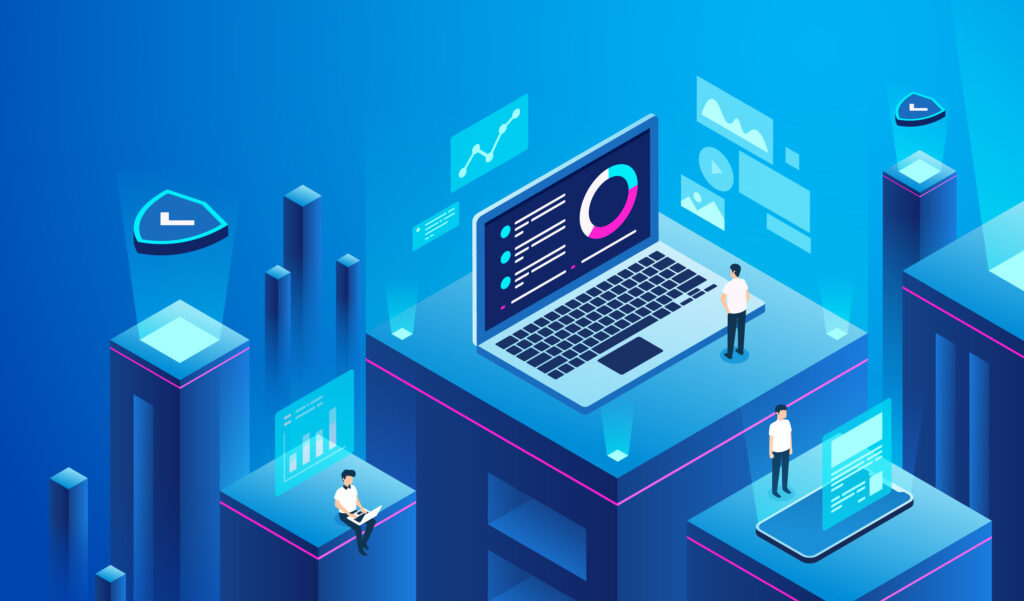
A.1 Healthcare:
AI is used to analyse medical data and images, helping doctors make more accurate diagnoses and personalized treatment plans. AI-powered chat bots provide instant medical advice and support to patients. Additionally, AI assists in drug discovery and clinical research, speeding up the development of new medicines.
A.2 Finance:
In the financial industry, AI is employed for fraud detection, analysing large amounts of data to identify suspicious transactions and protect customers. AI algorithms also predict market trends, assisting investors in making informed decisions. Virtual financial advisors and chat bots offer personalized financial advice to customers.
A.3 clients Service:
client Service numerous businesses use AI- powered chat bots and virtual sidekicks to interact with guests, answer inquiries, and give support24/7. This improves client satisfaction and reduces response times
A.4 Manufacturing:
AI-driven robotics and automation optimize production lines, increasing efficiency and reducing errors. AI systems predict equipment failures, allowing preventive maintenance and minimizing downtime.
A.5 Transportation:
Ai is employed in independent vehicles to navigate and avoid obstacles, making transportation safer and more effective. Business operation systems use AI to optimize business inflow and reduce traffic
A.6 Retail:
AI-based recommendation engines suggest products to customers based on their preferences and browsing history, enhancing the shopping experience and increasing sales. AI also helps optimize inventory management and supply chain operations.
A.7 Education:
AI-powered tutoring systems provide personalized learning experiences for students, adapting to their individual strengths and weaknesses. AI also aids in grading and assessing student performance.
AI’s versatility and ability to process vast amounts of data make it a valuable tool in various industries, driving innovation, and improving the way we live and work. As AI continues to advance, its applications are expected to expand, further transforming industries and shaping the future.
B. Internet of Things (IoT)

The Internet of Things (IoT) refers to a network of everyday objects or devices that are connected to the internet. These objects can communicate and exchange data with each other and with us. Examples of IoT devices include smart home appliances like thermostats, lights, and security cameras, as well as wearable devices like fitness trackers. IoT technology allows us to control and monitor these devices remotely using our smartphones or computers, making our lives more convenient and efficient.
The Internet of Things (IoT) has a significant impact on smart homes and cities. In smart homes, IoT technology connects various devices, such as thermostats, lights, and security cameras, to the internet. This connectivity allows homeowners to control and monitor these devices remotely using smartphones or voice assistants. For example, you can adjust the thermostat while away from home or turn off lights with a simple voice command.
IoT in smart homes enhances convenience and energy efficiency. It can optimize energy usage, reducing electricity bills, and contribute to a more sustainable lifestyle. Additionally, IoT devices in smart homes offer improved security by providing real-time alerts and surveillance.
In smart cities, IoT plays a vital role in optimizing resources and enhancing urban living. IoT sensors and devices are deployed throughout the city to gather data on traffic, air quality, waste management, and more. This data helps city officials make informed decisions to improve services and reduce environmental impact.
For instance, IoT-enabled smart traffic management systems can optimize traffic flow, reducing congestion and travel time. Smart waste management can efficiently schedule waste collection based on the fill level of bins, reducing unnecessary trips and costs.
Overall, IoT in smart homes and cities improves the quality of life by making our living spaces more efficient, connected, and sustainable. It empowers individuals and communities to manage resources better, reduce waste, and create a more comfortable and lovable environment.
C. Blockchain Technology
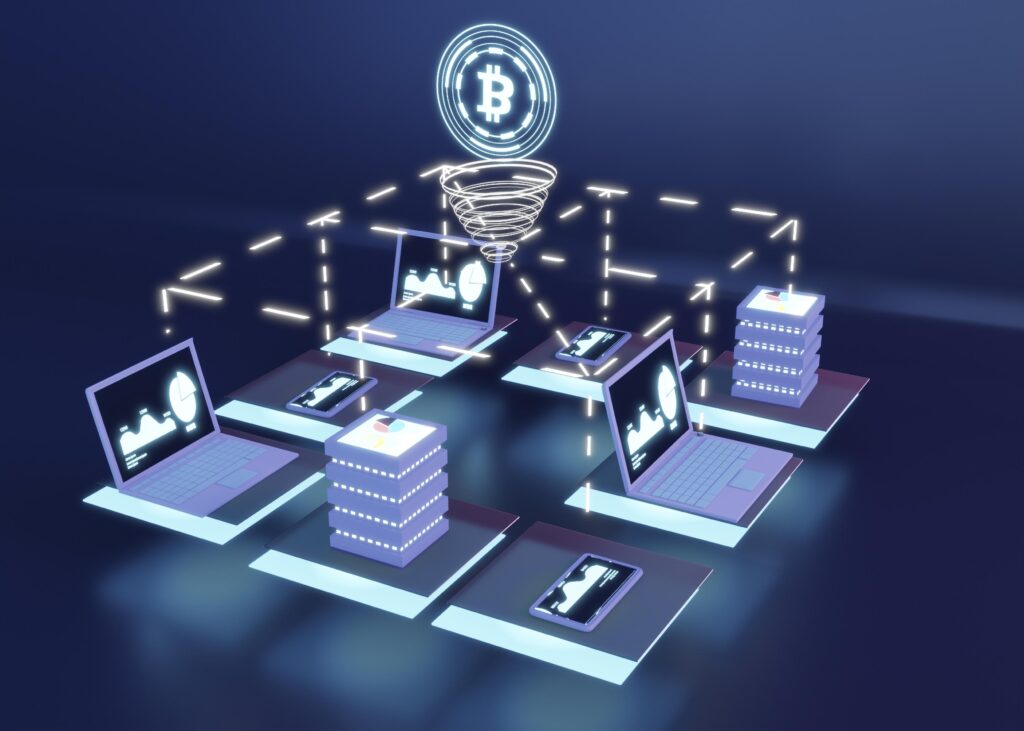
Blockchain technology is a digital and secure way to record and store information. It is like a chain of blocks, where each block contains data and is connected to the previous one. Once information is added to a block, it cannot be changed or deleted, making it tamper-proof.
This technology is most commonly known for powering crypto currencies like Bit coin. However, it has many other applications beyond finance. Blockchain can be used for secure transactions, supply chain tracking, voting systems, and more. Its decentralized nature and transparency make it a reliable and trusted way to manage data and transactions.
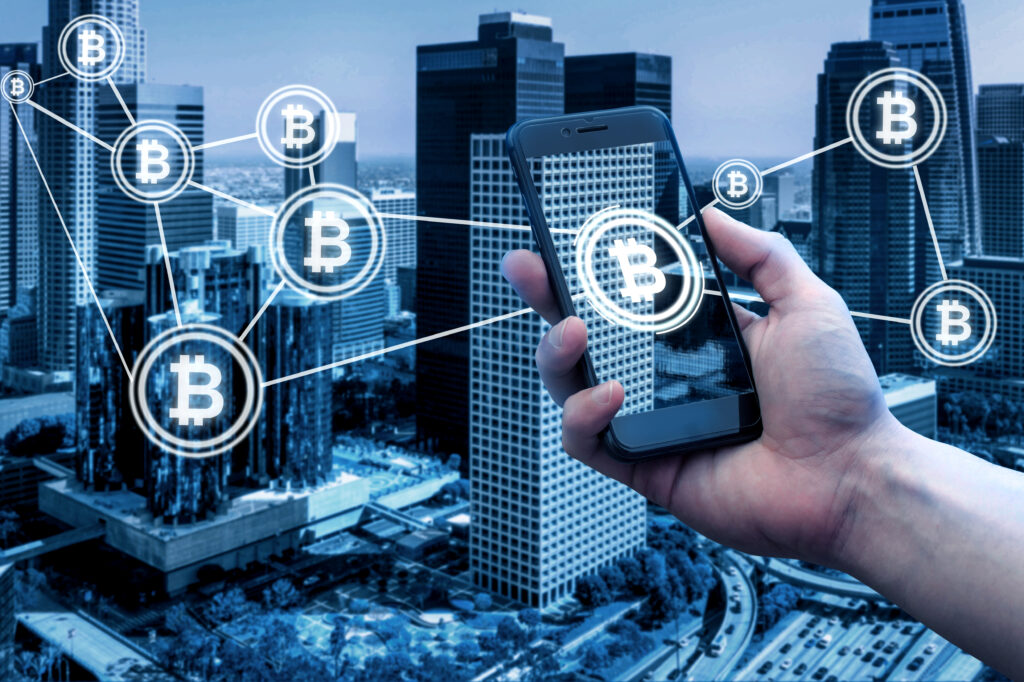
C.1 Advantages of Blockchain
C.1.1 Security Blockchain’s design makes it largely secure. Once data is added to a block, it’s translated and linked to the former block, making it nearly insolvable to alter or tamper with the information.
C.1.2 Translucency All actors in a blockchain network can see and corroborate the deals, creating a transparent and secure system.
C.1.3 Decentralization Blockchain operates on a decentralized network, meaning there’s no central authority controlling the data. This reduces the threat of single points of failure and enhances trust ability.
C.1.4 Invariability Once data is added to the blockchain, it cannot be deleted or modified, icing a endless and tamper- evidence record.
C.1.5 Effectiveness Blockchain can streamline processes by removing interposers and automating tasks, performing in faster and further cost-effective deals.
C.2 Limitations of Blockchain
C.2.1 Scalability As the number of deals grows, the size of the blockchain increases, which can lead to scalability issues, decelerating down the network.
C.2.2 Energy Consumption The agreement mechanisms used in some blockchains, like Proof- of- Work (PoW), bear significant computational power, leading to high energy consumption.
C.2.3 Data Storage as all data is stored in each knot of the Network the size of the blockchain can come large, taking substantial storehouse space.
C.2.4 Regulatory Challenges Blockchain technology faces nonsupervisory misgivings in colorful authorities, which may impact its wide relinquishment in certain diligence.
C.2.5 Lack of Governance Decentralization can lead to challenges in decision- timber and disagreement resolution within blockchain networks. Overall, the advantages of blockchain, similar as security and translucency, make it a promising technology for colourful operations. still, addressing its limitations, like scalability and energy consumption, is pivotal for its broader relinquishment and success in different diligence.
D. Augmented Reality (AR) and Virtual Reality (VR)
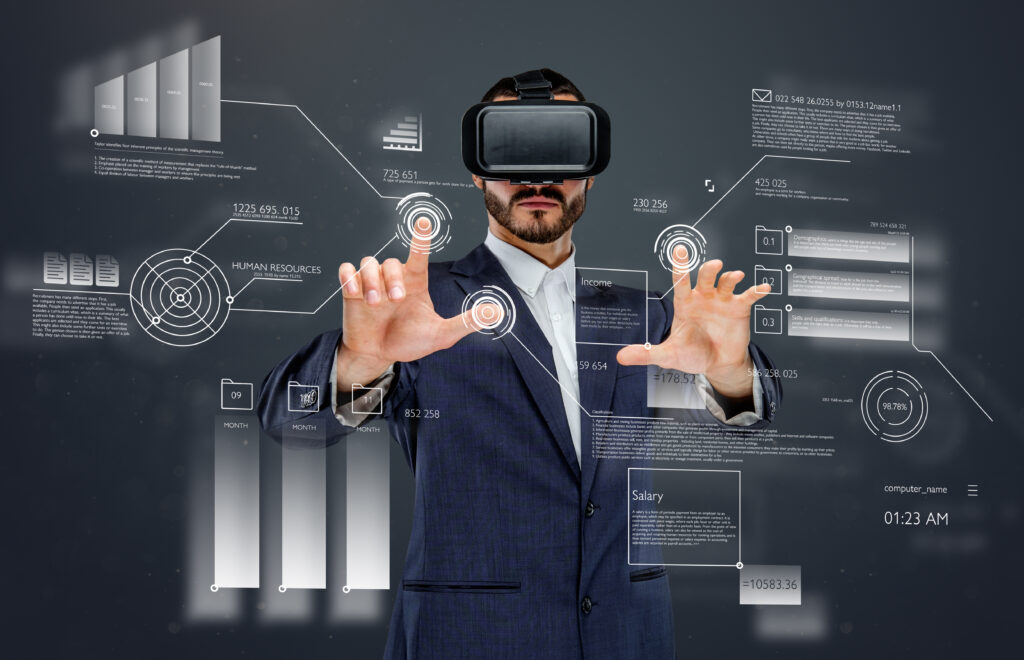
Augmented Reality (AR) and Virtual Reality (VR) are technologies that blend the real world with digital experiences to create immersive and interactive environments.
D.1 Augmented Reality (AR):

AR enhances the real world by overlaying digital elements, like images or information, onto the physical environment. AR is commonly experienced through smart phones or smart glasses. For example, using AR, you can point your phone’s camera at a landmark to get historical information about it displayed on the screen.
D.2 Virtual Reality (VR):
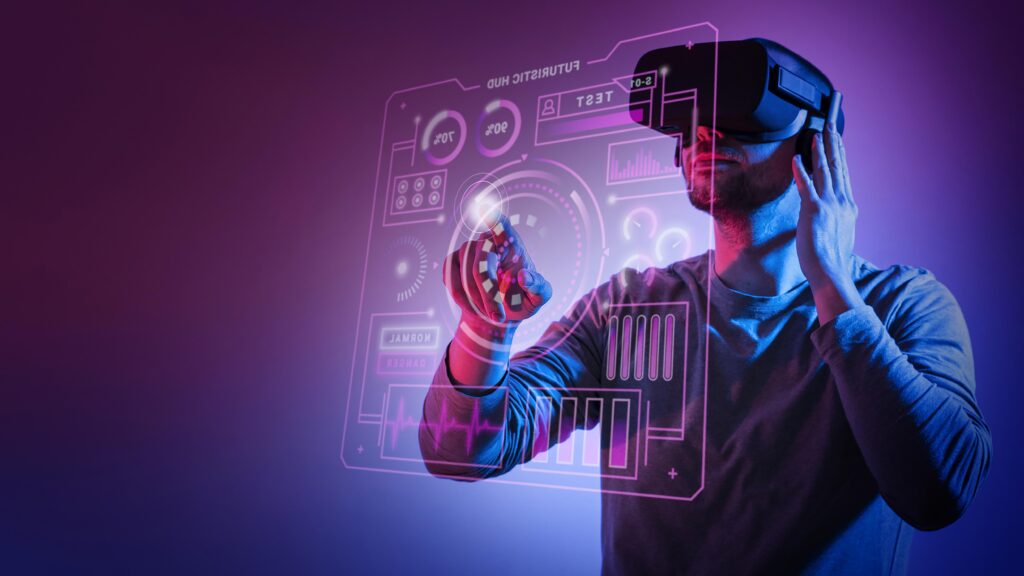
VR creates a simulated digital environment that completely immerses users in a computer-generated world. To experience VR, users typically wear special headsets that block out the real world and replace it with a virtual one. This allows users to interact with and explore entirely new and artificial surroundings, like playing immersive video games or taking virtual tours of distant places.
In summary, AR enriches the real world by adding digital elements, while VR completely transports users to a digital world. Both technologies have a wide range of applications in entertainment, education, training, and various other fields, offering unique and exciting experiences.
The future of Augmented Reality (AR) and Virtual Reality (VR) looks promising, with exciting prospects and ongoing innovations:
D.2.1 Improved Hardware: AR and VR devices are becoming more lightweight, comfortable, and affordable. Advancements in display technology will lead to higher-quality visuals and more realistic experiences.
D.2.2 Enhanced Interactivity: Future AR and VR experiences will become more interactive and responsive. Users will be able to touch and manipulate virtual objects, making the experiences feel even more realistic.
D.2.3 Mixed Reality (MR): The line between AR and VR will blur with the development of Mixed Reality (MR). MR will combine virtual elements with the real world seamlessly, offering more immersive and engaging experiences.
D.2.4 Expanded Applications: AR and VR will find applications beyond entertainment. They will be used in fields like education, training, healthcare, architecture, and manufacturing, providing innovative solutions and improving efficiency.
D.2.5 Social VR: Collaborative and social VR experiences will become more prevalent, allowing people from different locations to meet, interact, and collaborate in shared virtual spaces.
D.2.6 AI Integration: Artificial Intelligence (AI) will play a crucial role in AR and VR development. AI will enable more realistic virtual characters, better gesture recognition, and personalized experiences tailored to individual users.
D.2.7 5G Connectivity: The rollout of 5G networks will enable faster and more stable connections, enhancing the quality of AR and VR experiences and reducing latency.
D.2.8 Spatial Computing: AR and VR technologies will evolve to better understand and interact with the physical environment. Spatial computing will enable more seamless integration of virtual content into the real world.
D.2.9 Health and Wellness: AR and VR will be used in therapy and mental health applications, providing immersive experiences for relaxation, stress reduction, and therapy sessions.
D.2.10 Enterprise Applications: AR and VR will be increasingly adopted in the business world for training, design simulations, virtual meetings, and remote collaboration.
Overall, the future of AR and VR is dynamic and full of potential. As technology advances, these immersive technologies will continue to shape how we interact with the digital world and revolutionize various industries, making our lives more engaging, efficient, and connected.
E. 5G Technology
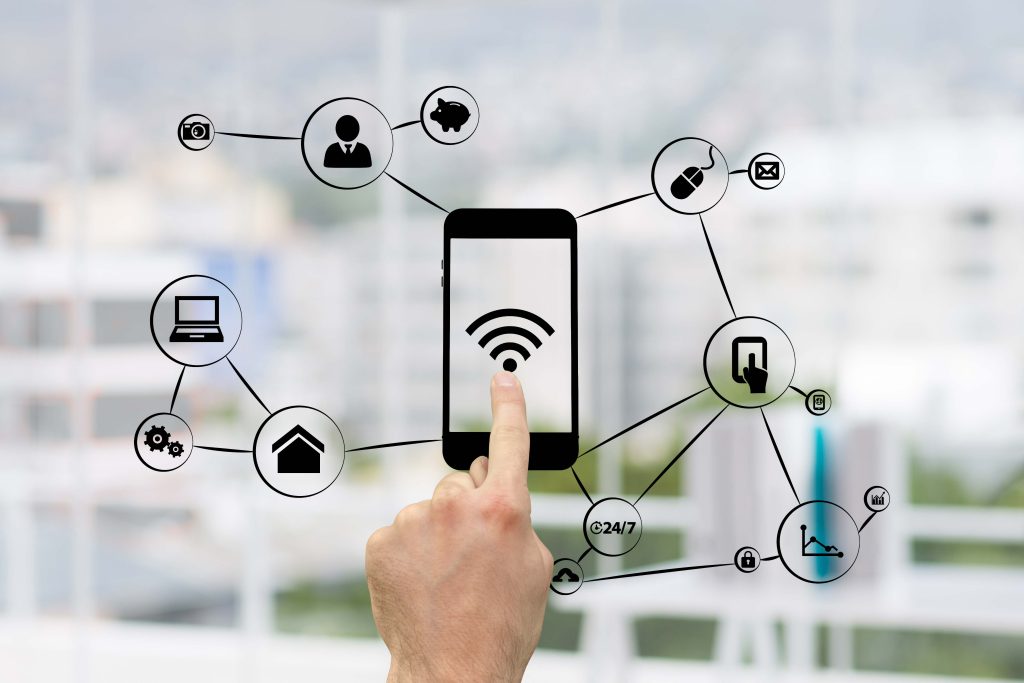
5G technology is the coming generation of wireless communication that brings briskly and more dependable internet connections to our bias. It offers significant advancements over the former 4G technology. Then are some crucial points about 5G
E.1 Speed 5G is important faster than 4G. It can deliver download and upload pets up to 100 times briskly, allowing for quicker web browsing, smooth videotape streaming, and briskly train downloads.
E.2 Low quiescence quiescence is the time it takes for data to travel from one point to another. 5G has veritably low quiescence, which means there’s minimum detention when interacting with operations or bias.
E.3 Capacity 5G can handle a large number of bias contemporaneously without decelerating down, making it ideal for supporting the growing number of connected bias in our homes and metropolises( Internet of effects).
E.4 Advanced Connectivity 5G signals are more dependable, especially in crowded areas. This ensures a more stable connection indeed during peak operation times.
E.5 New Applications The high speed and low quiescence of 5G enable new operations like stoked reality, virtual reality, and real- time gaming that bear quick and smooth data transmission.
E.6 Structure enforcing 5G requires the installation of new structure like small cell halls and antennas, which are being stationed in numerous areas to expand the content. In summary, 5G technology brings briskly pets, lower quiescence, and bettered connectivity, enabling a wide range of instigative operations and enhancing our overall digital experience. As it continues to roll out worldwide, 5G will transfigure how we connect and interact with the digital world.
Overall, 5G technology promises to transform various industries and enhance the way we live, work, and communicate. Its speed, low latency, and capacity open the door to exciting new applications and innovations that will shape our future in a connected world.
